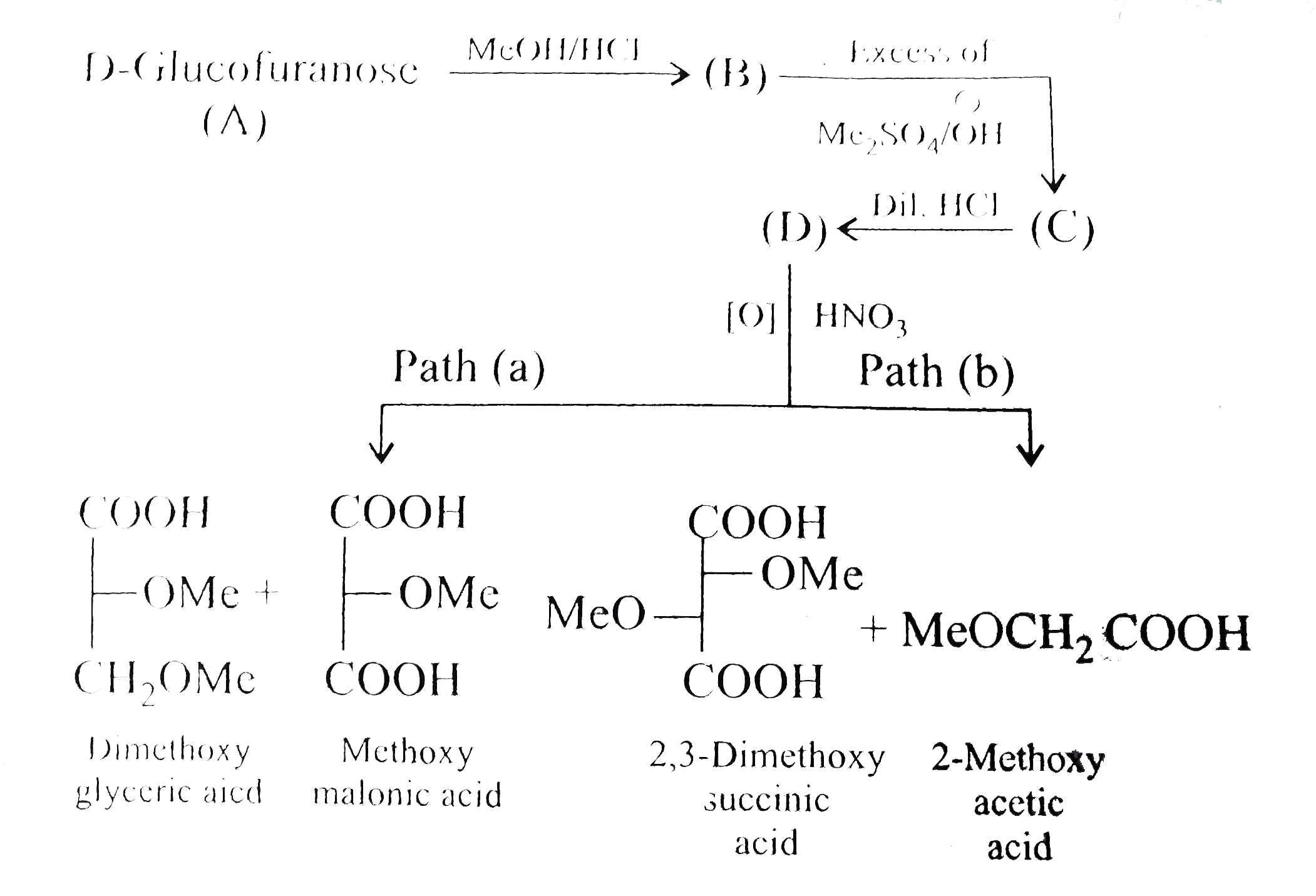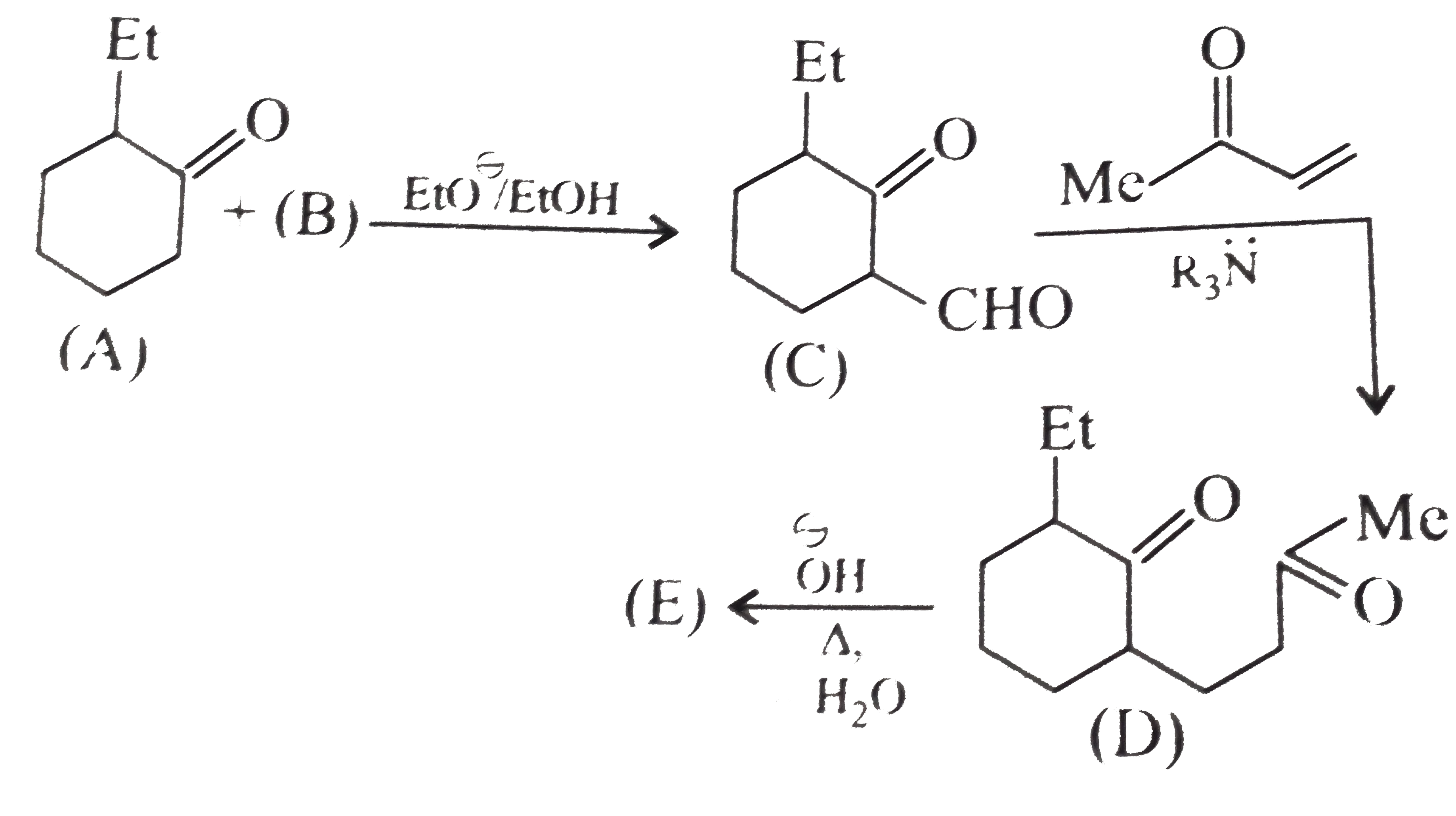Which statement(s) is /are correct about Brown ring test ?
This test is given by NO−2,NO−3 anions.
Brown ring test depend upon the reduction of NO−2 andNo−3 to Nitric oxide.
Brown ring is formed due to formation of [Fe(H2O)5NO]2(SO4_(3)
Charge on NO in brown ring complex is +1.
The correct Answer is:A, B, D
Step-by-Step Solution for the Brown Ring Test
1. Understanding the Brown Ring Test:
The Brown Ring Test is a qualitative analysis test used primarily to detect the presence of nitrate ions (NO3-) in a solution.
Hint: Remember that this test specifically targets nitrate ions.
2. Chemical Reaction Involved:
In the test, a solution containing nitrate ions is treated with iron(II) sulfate (FeSO4) and concentrated sulfuric acid (H2SO4). The reaction produces a brown ring complex, which is the nitrosyl complex, represented as (Fe(H2O)5(NO))2+.
Hint: Focus on the reactants and the product of the reaction to understand how the brown ring is formed.
3. Oxidation States:
During the test, the nitrate ion (NO3-) is reduced to nitrosyl ion (NO) while the iron(II) ion (Fe2+) is oxidized. The oxidation state of nitrogen changes from +5 in nitrate to +2 in nitrosyl.
Hint: Pay attention to the changes in oxidation states, as they are crucial for understanding the redox reaction.
4. Conditions for the Test:
The presence of nitrate ions is essential for the formation of the brown ring. If nitrate ions are absent, no brown ring will form, indicating a negative result.
Hint: Remember that the presence of nitrate is a prerequisite for the test to yield a positive result.
5. Interpreting Results:
If the brown ring is observed at the interface of the two layers (the concentrated sulfuric acid and the aqueous solution), it confirms the presence of nitrate ions. If no ring is observed, it indicates that nitrate ions are not present.
Hint: The visual cue of the brown ring is key to interpreting the test results.
6. Conclusion:
The Brown Ring Test is a reliable method for detecting nitrate ions, and understanding the underlying chemistry is essential for accurate interpretation of the results.
Hint: Summarize the key points about the test, focusing on the reactants, the product, and the significance of the brown ring.
Summary of Correct Statements about the Brown Ring Test:
- The test is used to detect nitrate ions.
- It involves the formation of a brown ring complex.
- The reaction involves both reduction and oxidation processes.
- The presence of nitrate ions is necessary for the formation of the brown ring.
The Brown Ring Test is a qualitative analysis test used primarily to detect the presence of nitrate ions (NO3-) in a solution.
In the test, a solution containing nitrate ions is treated with iron(II) sulfate (FeSO4) and concentrated sulfuric acid (H2SO4). The reaction produces a brown ring complex, which is the nitrosyl complex, represented as (Fe(H2O)5(NO))2+.
During the test, the nitrate ion (NO3-) is reduced to nitrosyl ion (NO) while the iron(II) ion (Fe2+) is oxidized. The oxidation state of nitrogen changes from +5 in nitrate to +2 in nitrosyl.
The presence of nitrate ions is essential for the formation of the brown ring. If nitrate ions are absent, no brown ring will form, indicating a negative result.
If the brown ring is observed at the interface of the two layers (the concentrated sulfuric acid and the aqueous solution), it confirms the presence of nitrate ions. If no ring is observed, it indicates that nitrate ions are not present.
The Brown Ring Test is a reliable method for detecting nitrate ions, and understanding the underlying chemistry is essential for accurate interpretation of the results.
- The test is used to detect nitrate ions.
- It involves the formation of a brown ring complex.
- The reaction involves both reduction and oxidation processes.
- The presence of nitrate ions is necessary for the formation of the brown ring.
Topper's Solved these Questions
- QUALITATIVE ANALYSIS (ANION)Book:RESONANCE ENGLISHChapter:QUALITATIVE ANALYSIS (ANION)Exercise:Exercise-3
Explore 10 Videos
- QUALITATIVE ANALYSIS (ANION)Book:RESONANCE ENGLISHChapter:QUALITATIVE ANALYSIS (ANION)Exercise:Additional Problems for Self Practice (APSP)
Explore 30 Videos
- QUALITATIVE ANALYSIS (ANION)Book:RESONANCE ENGLISHChapter:QUALITATIVE ANALYSIS (ANION)Exercise:Exercise-1
Explore 59 Videos
- QUALITATIVE ANALYSISBook:RESONANCE ENGLISHChapter:QUALITATIVE ANALYSISExercise:INORGANIC CHMISTRY(Qualitative analysis)
Explore 35 Videos
- QUALITATIVE ANALYSIS PART 1Book:RESONANCE ENGLISHChapter:QUALITATIVE ANALYSIS PART 1Exercise:A.L.P
Explore 39 Videos
Similar Questions
Which statement (s) is/are correct about corrosion?
View Solution
Which statement(S) is/are correct about (A)?
View SolutionWhich statements are correct about sucrose?
View SolutionWhich statements is correct about mosses?
View SolutionWhich statement(s) is correct,
View SolutionWhich statements(s)is/are correct about sucrose?
View SolutionWhich statements are correct about lactose?
View Solution
Which statement (s)is/are correct about the formation of (D) ?
View SolutionWhich statement is correct about halogen ?
View SolutionWhich statement is correct about chemisorption?
View Solution